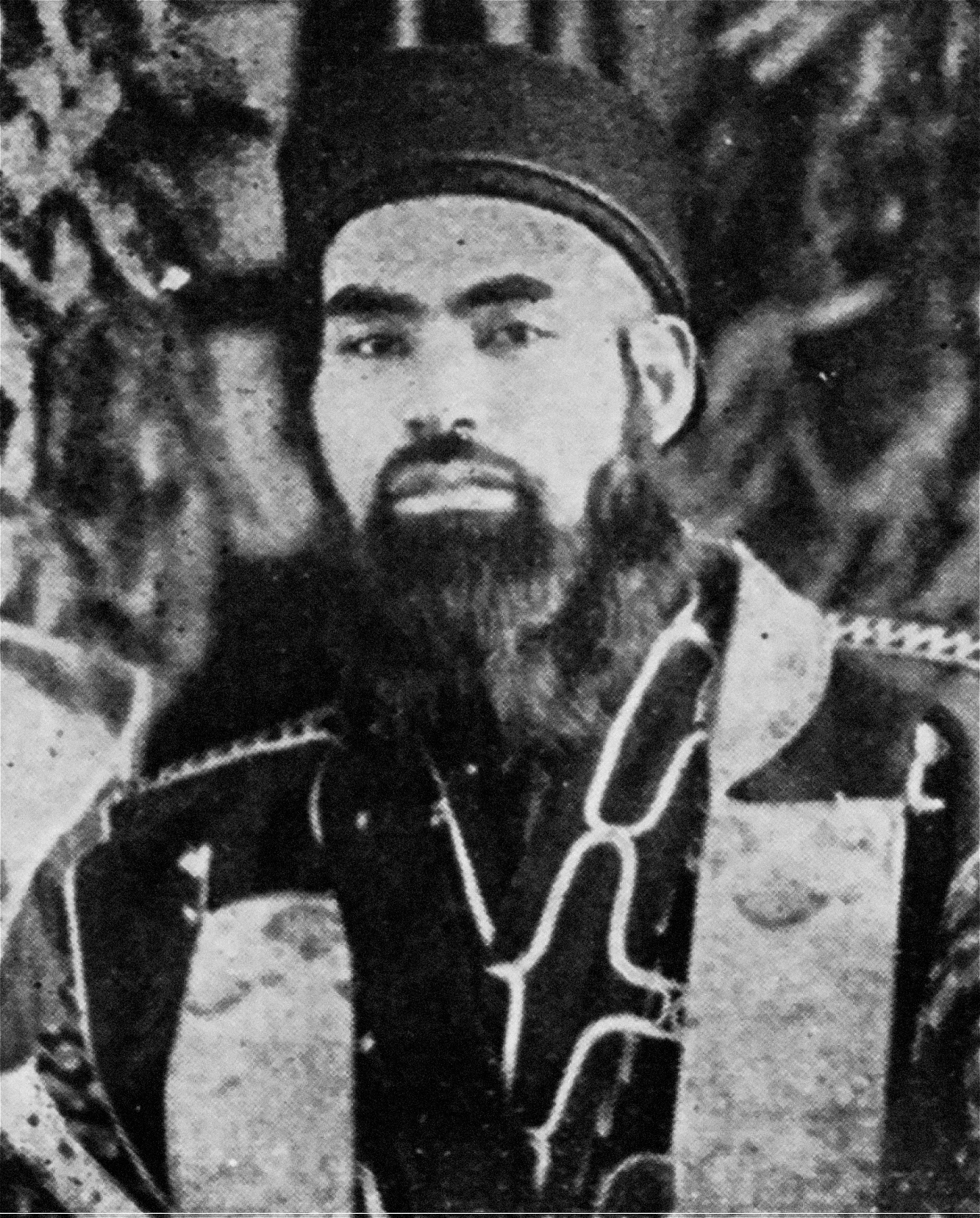Issue:
October 2025 | Letter from Hokkaido
A recent panel display in Sapporo ignited an almighty row over Japan’s indigenous Ainu people

Shortly after moving to Hokkaido in 2022, I noticed that the prefectural government was placing a lot of emphasis on prehistoric Jomon Era sites, while it also promoted the National Ainu Museum and Park, which had opened two years earlier.
The PR blitz for the Jomon Era sites, which date back as far as 15,000 years, surprised me until it became clear that what the Japanese government was really doing - preparing to nominate them as UNESCO World Heritage Sites.
The opening sentence on the UNESCO World Heritage website describes the Jomon sites as places of “natural splendor and verdure as great as those of the Shirakami-Sanchi (in Aomori and Akita prefectures) and Shiretoko World Heritage areas”.
Suspiciously, the sites were also close, it seemed, to either current or planned Hokkaido shinkansen stations or along a route that was supposed to be extended to Sapporo by 2030 but which has been delayed indefinitely.
It was easy to conclude that the Jomon campaign was little more than a marketing ploy by the national and regional governments to drum up public support for World Heritage status, in the hope that lots of people would use the newly launched shinkansen service to visit them.
But then I realized the Jomon sites were also in the general vicinity of the National Ainu Museum. Since the focus of the museum is on the indigenous Ainu – while that of the Jomon sites is on the Jomon people - and since were both built or conceived when Shinzo Abe was prime minister, I wondered if the official promotion of Jomon sites in Hokkaido was a politically motivated campaign by right-wingers who had always opposed the designation of the Ainu as Japan’s indigenous people.
Realizing that this sounded a bit paranoid, I decided to sound out friends in Hokkaido, including academics and journalists, who might either debunk my theory with facts or at least suggest my interpretation was wildly off base.
No one disagreed with the suggestion that many Japanese do not want to admit that the Ainu are an indigenous people. A couple of friends, though, doubted that the government could successfully mislead the public into believing that the Ainu are simply a branch of the Jomon people, and therefore, by that logic, should not be classified as indigenous.
Last month, however, the Hokkaido chapter of Nippon Kaigi, the politically powerful right-wing historical revisionist group with which many national politicians, including Abe, are associated, made national headlines when it presented a panel display purporting to show the history of the Ainu at a busy central Sapporo location.
The display proposed that the Ainu were either direct descendants of the Jomon people of Hokkaido, or an ethnic group that migrated to Hokkaido from the Eurasian continent in around the 13th century.
If the first theory is true, the Nippon Kaigi panels said, “they would be descendants of the Jomon people like all Japanese nationwide … and it seems they cannot be called indigenous people”.
Mark Winchester, a researcher at the Ainu museum who visited the panel display, told a local TV station there were other problems with Nippon Kaigi’s theory – not least its argument that Hokkaido land was distributed to the Ainu under an ancient law in a way that suggested they were on equal terms with wajin (Japanese) settlers. The reality is that the Ainu received unsuitable land for farming, after the good plots had been distributed to wajin settlers.
When Nippon Kaigi members intervened during a visit to the display by Winchester and his colleagues, the situation grew ugly, and 10 police officers arrived to keep the two sides apart. The event ended with no major incidents and no arrests.
But the fracas was an embarrassment for Sapporo city hall, which had stated that the aim of the display was to “strive to achieve respect for the Ainu people”. But it was caught off-guard by the reaction to the display, which was held in an area with lots of pedestrians. An official simply promised that the city government would listen to a variety of views before making a decision on the future of similar displays.
Free speech considerations mean it will be very difficult, however, to prevent future displays of this kind. While some have dismissed the Hokkaido chapter of Nippon Kaigi as a few older people who lack broad support, the same can’t be said for the national organization.
By banning similar displays in the future, Hokkaido politicians would risk having to deal with lawyers representing Nippon Kaigi’s Tokyo headquarters. That would create a legal and political headache and attract the kind of media attention Sapporo would desperately want to avoid just before foreign tourists visit the city for Christmas and the February snow festival.
A more fundamental problem, though, is one that indigenous people scholars, activists and government experts have long warned Japanese officialdom about. You can declare the Ainu an indigenous people, but then what? Failing to educate people about the broader picture makes it easier for historical revisionists to edit out the parts of Ainu history they don’t like.
That’s what the controversy over the Ainu display was really about: the battle between those who prefer a return to simple myths about the Japanese people as a single race, and those who are proud that Japan has an indigenous people with a unique history and culture.
Eric Johnston is the Senior National Correspondent for the Japan Times. The views expressed within are his own and do not necessarily reflect those of the Japan Times.

